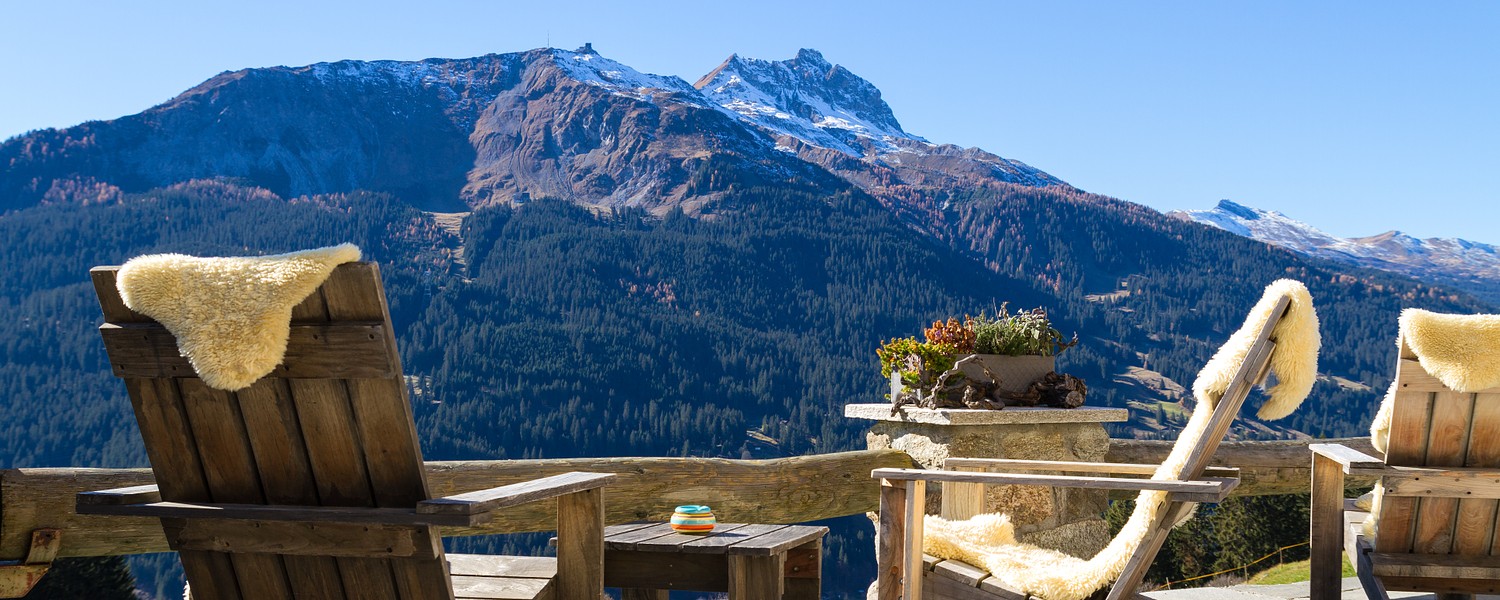
Provided by:
G.PAGOMENOS/Shutterstock.com

Our travel guides are free to read and explore online. If you want to get your own copy, the full travel guide for this destination is available to you offline* to bring along anywhere or print for your trip.
*this will be downloaded as a PDF.Price
€4,95
The region
The guide was updated:
Although Klosters is a popular ski resort for the glitterati, it still retains its charm as a typical down-to-earth, picturesque Alpine village in the heart of the Swiss Graubünden district. Snow-capped mountains, bright blue skies and crisp fresh air offer travellers a peaceful and scenic getaway from the buzz of city life. Klosters’ Alpine location in the Prattigau Valley near the Austrian border, gives it breath-taking scenic beauty, making it a perfect holiday destination, whether it’s a romantic weekend break or an active family holiday.
The small, friendly farming town of Klosters is situated in south-east Switzerland, within the trilingual canton of the Grisons - the highest region in the Alps - and is a mere 13km away from Davos, which is in turn the highest town in Europe. To get a better idea of Kloster’s geographical bearings, the town is surrounded by the Silvretta massif to the east, the Parsenn-Klosters region to the south, the Prattigau valley opening to the west and the Madrisa region to the north.
There are approximately 4000 inhabitants and the official language is German, yet English, French and Italian are widely spoken. Although Klosters originated around 1220AD, it was not until 1870 that it began to attract tourists with the construction of the first hotels and the Rhaetian railway line to Klosters (from Landquart) was built.
The small, friendly farming town of Klosters is situated in south-east Switzerland, within the trilingual canton of the Grisons - the highest region in the Alps - and is a mere 13km away from Davos, which is in turn the highest town in Europe. To get a better idea of Kloster’s geographical bearings, the town is surrounded by the Silvretta massif to the east, the Parsenn-Klosters region to the south, the Prattigau valley opening to the west and the Madrisa region to the north.
There are approximately 4000 inhabitants and the official language is German, yet English, French and Italian are widely spoken. Although Klosters originated around 1220AD, it was not until 1870 that it began to attract tourists with the construction of the first hotels and the Rhaetian railway line to Klosters (from Landquart) was built.


